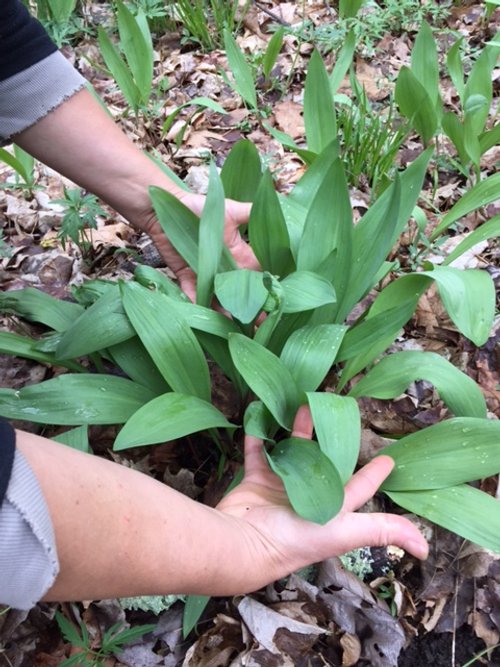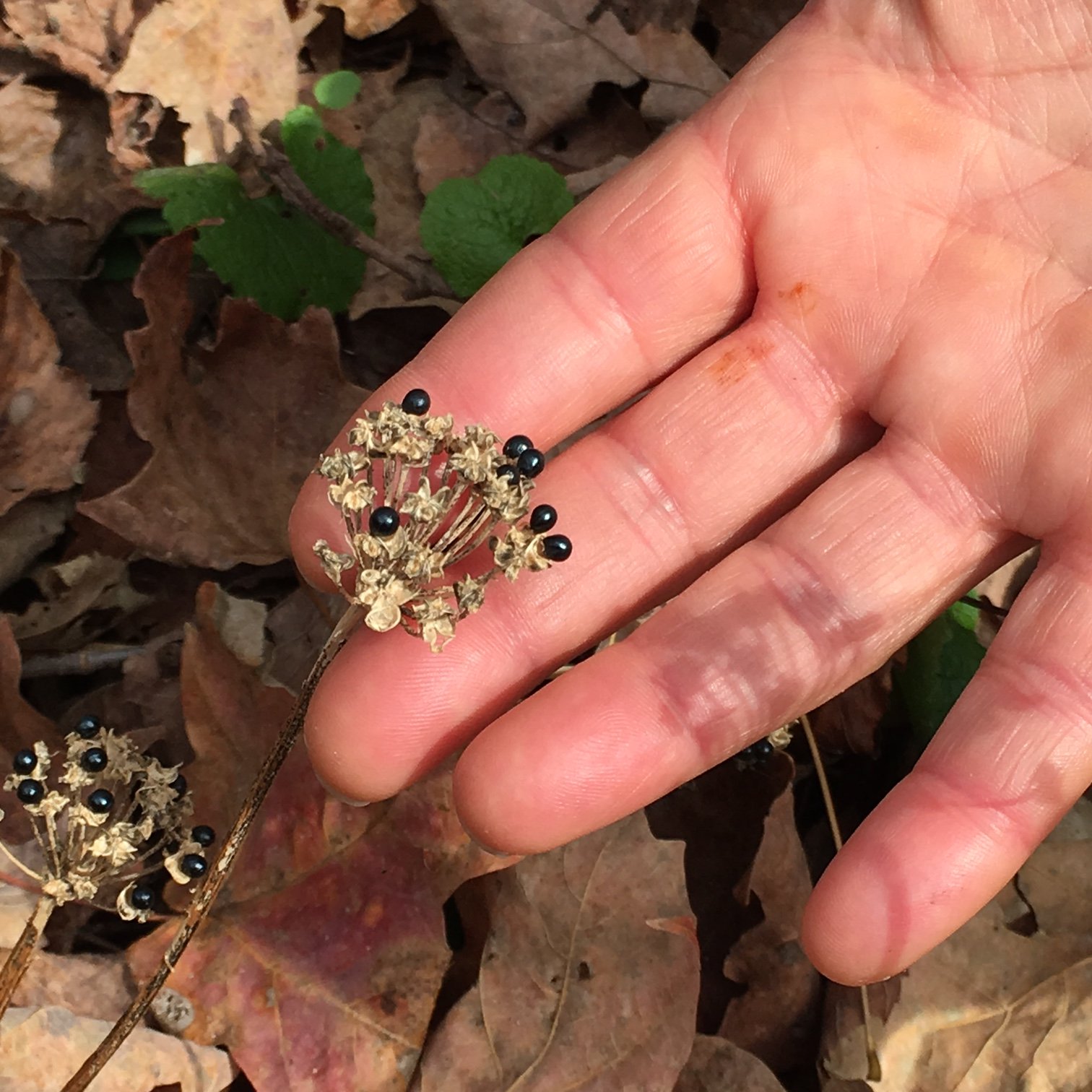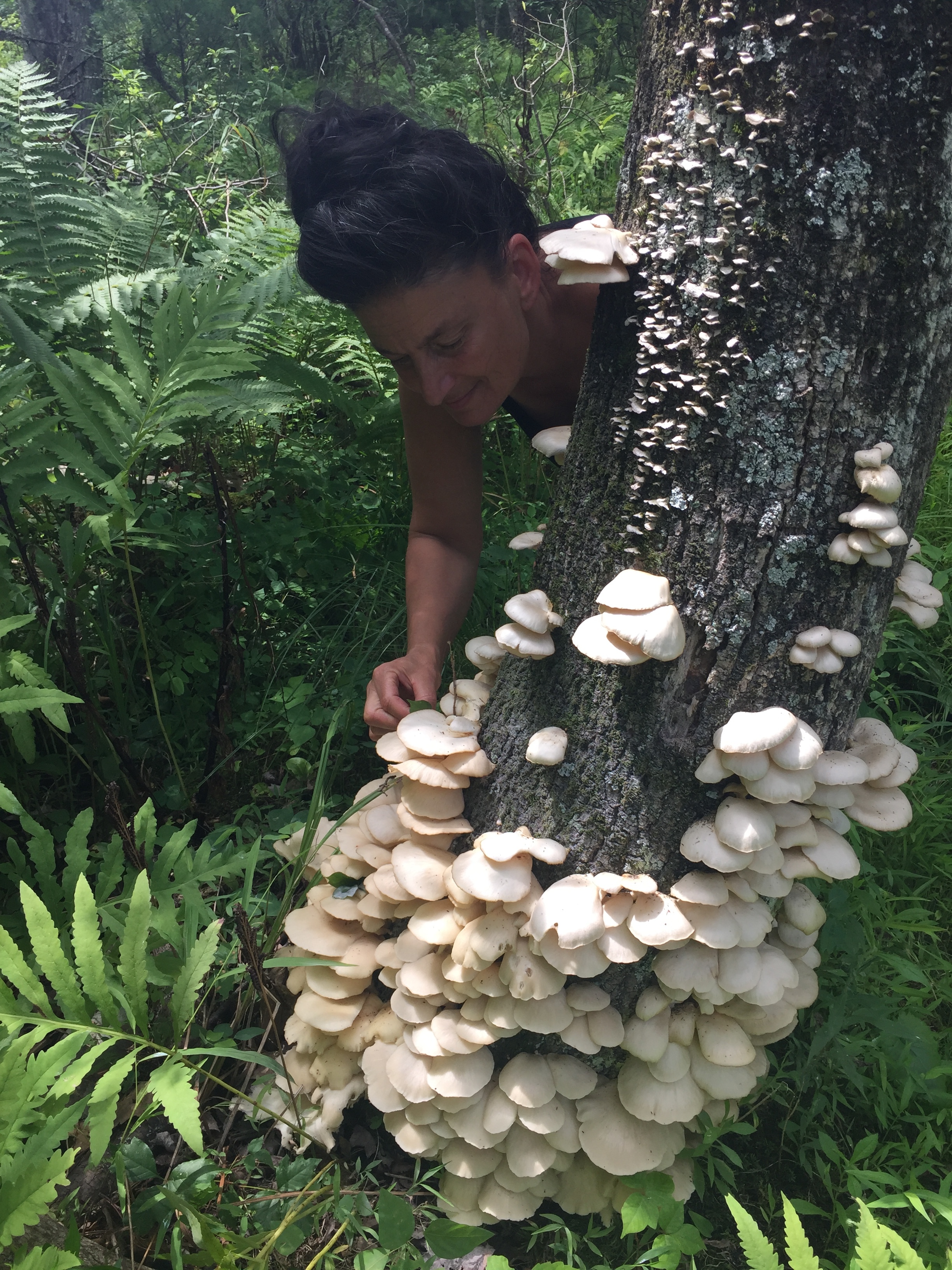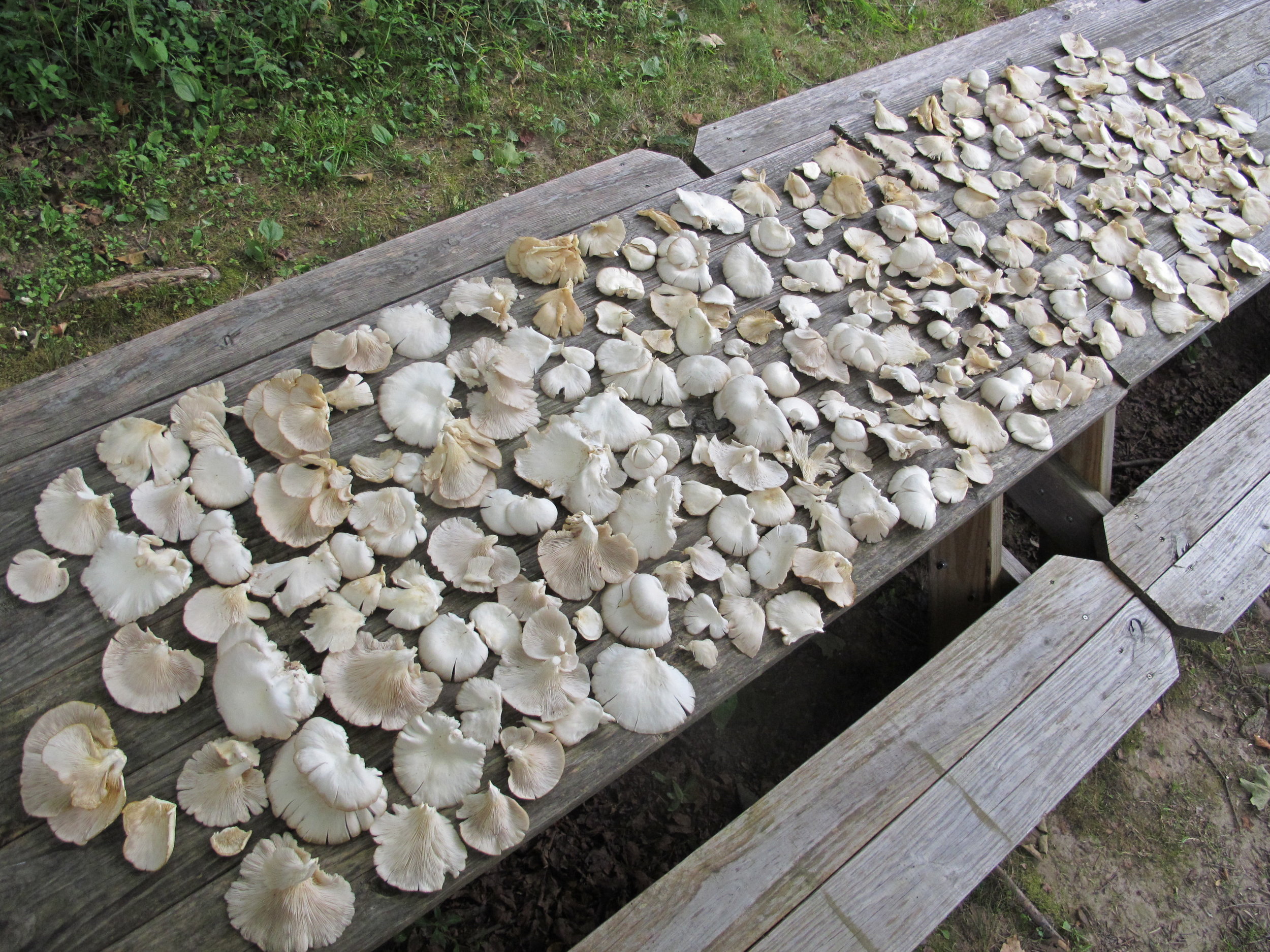I've been foraging in the freezer, delighting in the harvest of warmer seasons. One gem that sparkles loudly is black chokeberry, aka, Aronia. After a fun, sweaty roller skating session (like last night), I crave it, blending it into an agua fresca, that I like to call Aronia Elixir.
Aronia Elixir: Tap This Superfruit In The Kitchen < Click here to view this video
Scientifically called Aronia melanocarpa, this fruit contains some of the highest antioxidants on the planet. Hosting a rich soup of polyphenols, anthocyanins, plus vitamin C and more, Aronia can boost our cardiovascular and immune health, while reducing inflammation and pain.
Flavor note: Aronias are sour, slightly sweet, astringent, mildly bitter.
Color note: the intense pigment of the fruit will color everything that it touches; and tells of its high antioxidant content.
Plant Aronia! If you don’t have any growing in your neighborhood, perhaps you’d like to plant some! It is very easy to grow. Then the whole neighborhood can benefit from this nutrient dense fruit.
For more about Aronia bushes in the garden < click here to the view this video

























